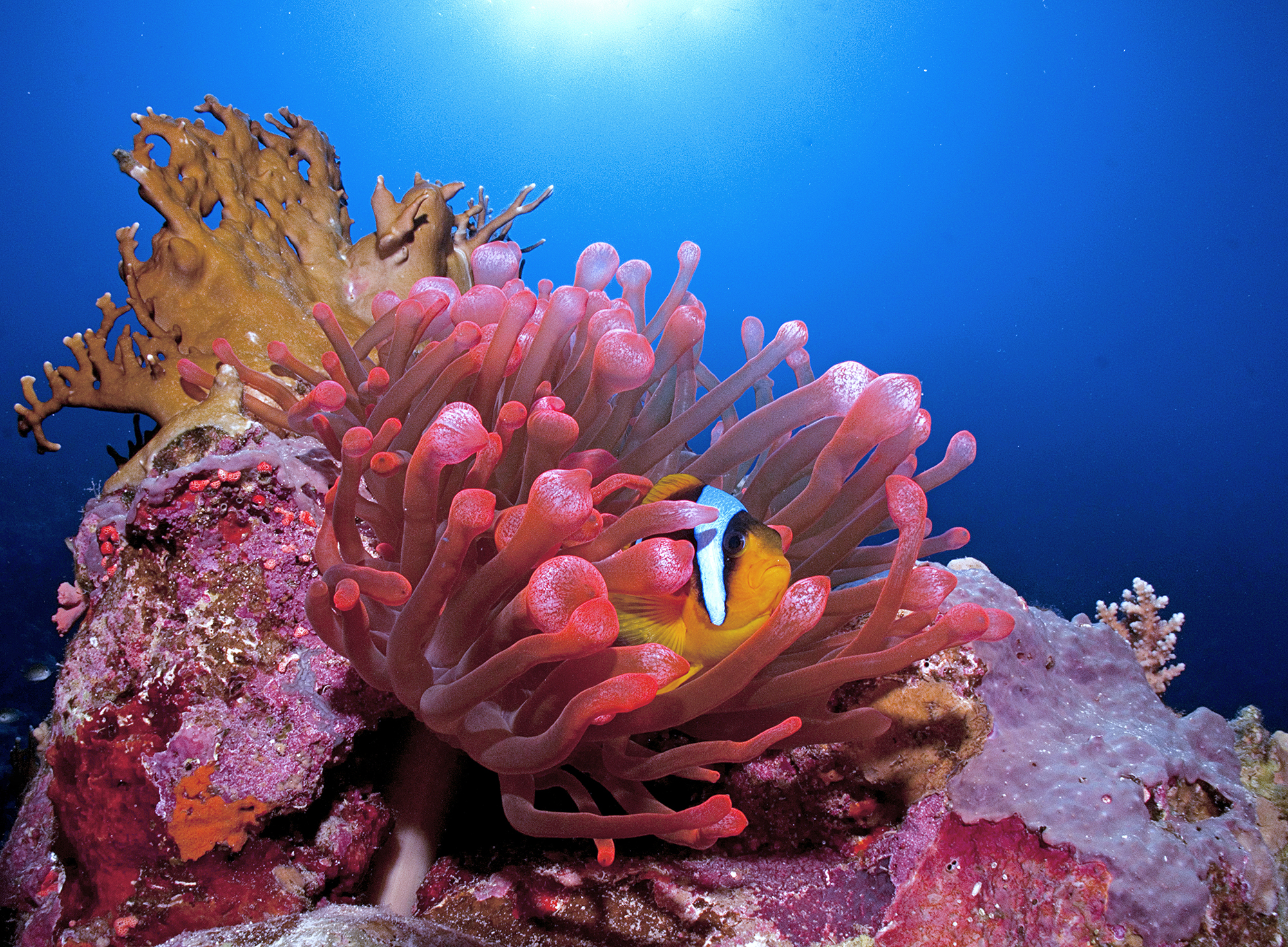The International Union for Conservation of Nature (IUCN) have developed a metric that will give governments, businesses, civil society, and financial institutions the ability to measure whether their actions can help halt biodiversity loss and reduce global species extinction risk in oceans and seas.
Developed in partnership with several organisations, scientists and experts from across the globe, the Species Threat Abatement and Restoration (STAR) metric uses existing data on extinction risks and threats faced by species, taken from the IUCN Red List of Threatened Species™, to quantify how much targeted threat-abatement actions in specific places can minimise further risks to biodiversity and species.
It was first unveiled in 2021 by IUCN and a consortium of biodiversity experts for use in terrestrial areas, and has now been expanded for use in marine areas. The launch of Marine STAR is detailed in a new publication in the npj Ocean Sustainability journal.
“Effectively halting [marine] biodiversity loss requires quantifying how protected areas contribute to biodiversity conservation and targeting the specific actions which would deliver genuine benefits for biodiversity,” the paper states. “The production of appropriate marine biodiversity metrics and tools is therefore crucial to engage with and guide decision-makers, businesses, and civil society.”
Reducing unsustainable fishing offers greatest opportunity to lower species extinction risk
The Marine STAR metric includes data on 1,646 species ranging from corals to sharks, and identifies areas where mitigating threats could reduce species extinction risk over the global marine realm.
The metric’s expansion to marine areas allows governments, businesses, and financial institutions to better understand whether their actions are helping meet specific goals laid out international agreements like the Kunming-Montreal Global Biodiversity Framework (GBF).
According to Marine STAR, reducing unsustainable fishing would offer the greatest opportunity to lower species extinction risk, followed by better management of invasive and problematic species, along with addressing climate change that can shift and alter habitats and fuel extreme temperatures.
As it is developed further, STAR is also expected to provide important predictive abilities to support international treaties and agreements still in flux, such as ratification of the United Nations High Seas Biodiversity Treaty, the World Trade Organisation’s Agreement on Fisheries Subsidies, and discussions will continue towards a new legally binding global treaty to end plastic pollution, the IUCN states.
More details on the Species Threat Abatement and Restoration (STAR) metric can be found here and the paper in the npj Ocean Sustainability journal can be read here.
